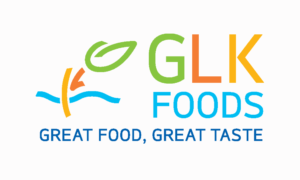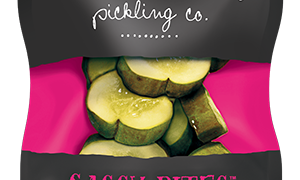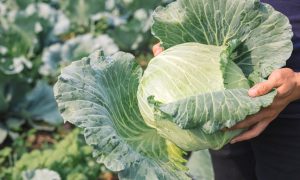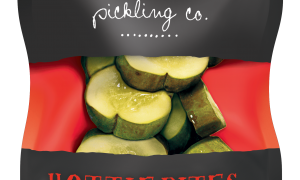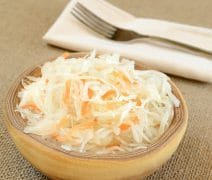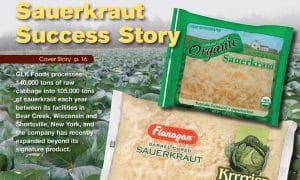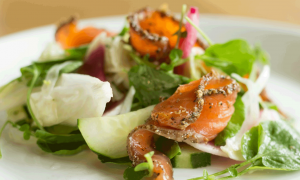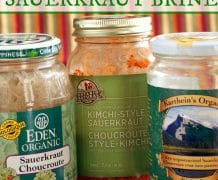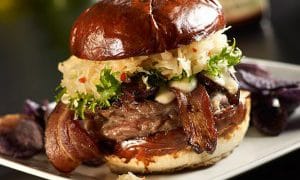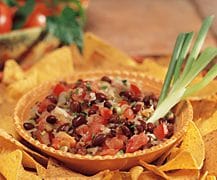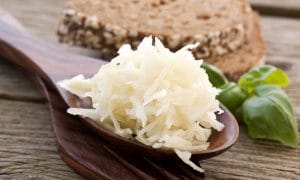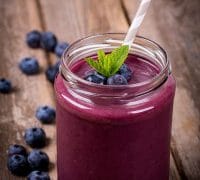Let's Connect
To share a recent experience with one of our products, please click here. If you have other questions, comments, or ideas that you would like to share, please let us know by completing the short form below. Keep checking back — we are always up to something new!
Let's Connect!

Newsroom
Stay connected to innovative products and the people who make them.
Fascination with Fermentation Puts New Twist on Old Flavors
 There’s a rack of pork ribs rotting on my counter. In a few days, when they get a little more funky, I’ll grill them over hot coals and eat them with a side of sticky rice. If that sounds weird, disgusting or dangerous, consider that in Thailand, Laos and Vietnam where this dish of fermented pork is popular, it’s usually eaten raw.
There’s a rack of pork ribs rotting on my counter. In a few days, when they get a little more funky, I’ll grill them over hot coals and eat them with a side of sticky rice. If that sounds weird, disgusting or dangerous, consider that in Thailand, Laos and Vietnam where this dish of fermented pork is popular, it’s usually eaten raw.
In North America fermentation is normally associated with beer or wine. Depending on our background we might also add miso, kraut or kimchi to that list, but it’s worth remembering that fermentation is a universal technique that’s been used throughout history.
While to some, naem, as my fermented pork dish is known, might seem strange it is by no means unique in the world of funky ferments. In Sudan, camel milk is fermented up to 10 years to create the brownish, rancid product known as biruni. The notoriously foul-smelling kanga pirau, popular in the South Pacific, is made by submerging corn cobs in running water for six weeks. Personally, I’ve tried, and most definitely not acquired a taste for, both mikyuk, whale meat preserved in fermented blood, and hakarl, Iceland’s famously intense fermented shark.
While those dishes might seem bizarre and downright terrifying, there are a lot more fermented products in our diets than most of us ever consider.
“If you have bread, you have fermented food,” says cookbook author and product development consultant, Karen Barnaby. “If you have cheese, you have fermented food. Soya sauce, yogurt, sausages, coffee, cocoa, we’re eating fermented products all the time without even thinking about it.”
A lot of chefs these days are thinking about fermentation in imaginative ways. At his Nordic Food Lab in Denmark chef René Redzepi and his team from Noma – once again named the best restaurant in the world at this year’s San Pellegrino Restaurant Awards – are aging kraut in bags on the bottom of the ocean and experimenting with marmite made from juniper-ash-infused yeast.
Continue reading article and visit Krautlook for more information on the great taste and health benefits of fermented foods like kraut. And, enter for a chance to win a whole case of kraut! Start by visiting us on Twitter for details!
Article from The Globe and Mail, May 27, 2014, by Chris Johns.
Category: Industry News
Other Press Releases

Cabbage is a cruciferous vegetable known to fight cancer and an immune booster providing a good source of key antioxidants, including vitamin C.
To share a recent experience with one of our products, please click here.
GLK Sauerkraut, LLC | 4600 American Pkwy, Suite 300, Madison, WI 53718 | Copyright © 2025 GLK Sauerkraut, LLC. All rights reserved | PRIVACY POLICY | TERMS OF USE

